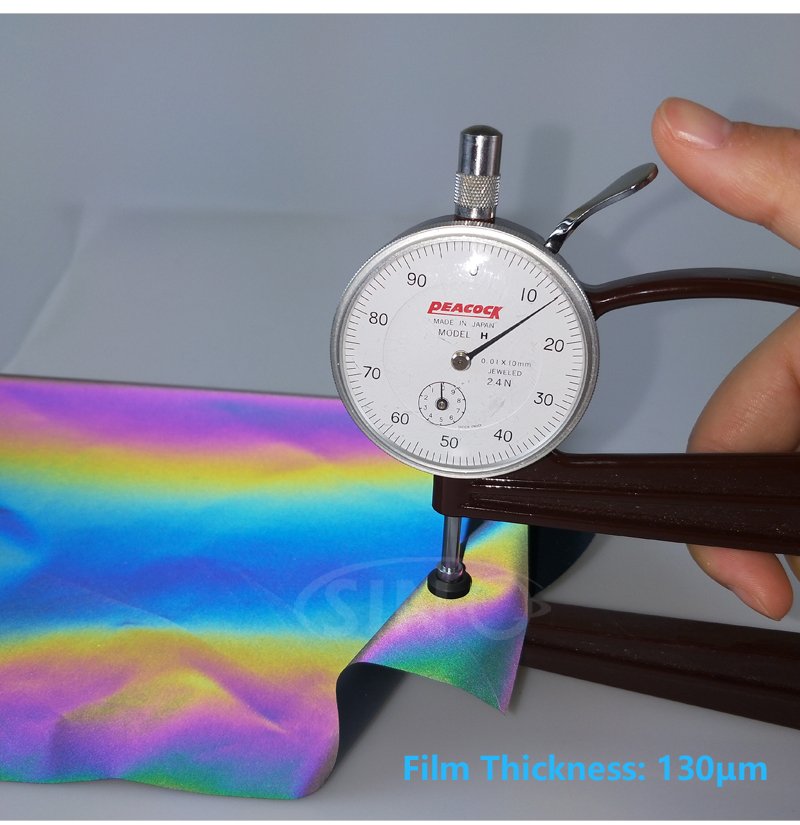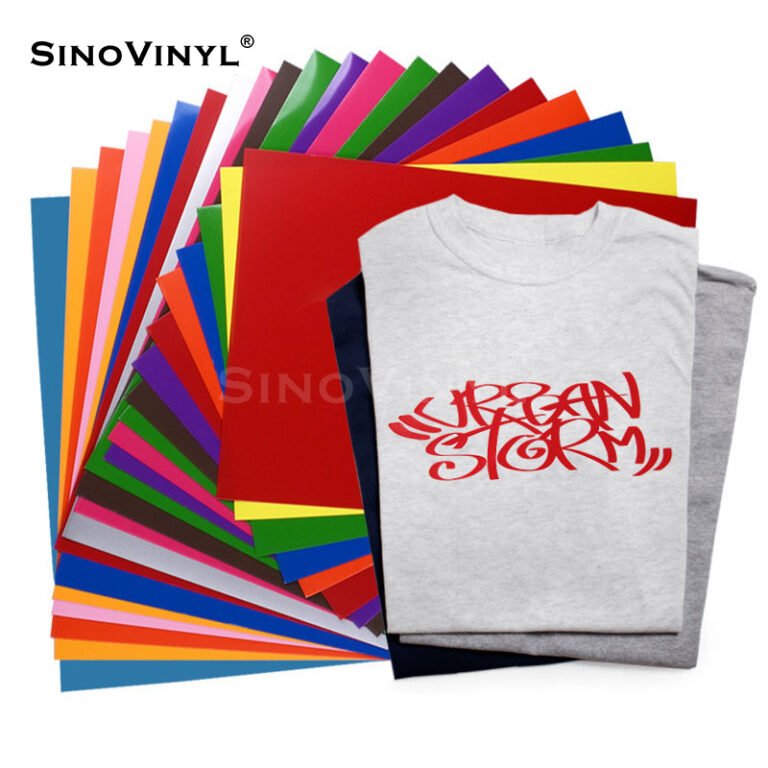Choosing the right heat transfer vinyl (HTV) can make a significant difference in the quality and durability of your designs. From understanding the types of HTV available to considering the material’s characteristics and your specific application needs, there are several factors to consider. This article will guide you through what you need to consider when selecting the perfect HTV for your projects, ensuring vibrant, long-lasting results tailored to your requirements.
Choosing the right Heat Transfer Vinyl (HTV) is crucial for achieving the best results in your projects. Here are some factors you need to consider when selecting the right HTV:
1. Type of HTV Material
- PU (Polyurethane): Soft, thin, and flexible. Ideal for detailed designs and multi-layering.
- PVC (Polyvinyl Chloride): Thicker and more rigid than PU. Suitable for larger designs and basic shapes.
- Flock: Has a velvety texture. Great for adding a textured look to designs.
- Glitter: Adds a sparkling effect. Ideal for creating eye-catching designs.
2. Adhesive Quality
- Ensure the HTV has a strong adhesive that bonds well with the fabric.
- Look for HTV that provides good washability and durability.
3. Compatibility with Fabric
- Check if the HTV is suitable for the type of fabric you are using (e.g., cotton, polyester, blend).
- Some HTV materials work better on certain fabrics, so it’s essential to choose accordingly.
4. Cutting and Weeding Ease
- Choose HTV that is easy to cut and weed, especially for intricate designs.
- Consider the blade setting and cutting speed required for the HTV material.
5. Heat Transfer Process
- Ensure the HTV can withstand the heat press temperature and time recommended for your project.
- Some HTV may require lower or higher temperatures and longer or shorter pressing times.
6. Color Options
- Select HTV that offers a wide range of colors and finishes to match your design requirements.
- Consider the availability of specialty colors, patterns, and finishes.
7. Safety and Environmental Considerations
- Choose HTV that is free from harmful chemicals and meets safety standards.
- Look for eco-friendly options if sustainability is a priority for you.
8. Cost and Value
- Compare prices and consider the cost-effectiveness of the HTV.
- Remember that higher-priced HTV may offer better quality and durability, but it’s essential to find a balance between cost and quality.
9. Reviews and Recommendations
- Read reviews and seek recommendations from experienced users.
- Consider the reputation and reliability of the HTV brand or supplier.
10. Compatibility with Cutting Machine
- Ensure the HTV is compatible with your cutting machine (e.g., Cricut, Silhouette).
- Check for any specific settings or adjustments required for cutting and weeding.
By considering these factors, you can make an informed decision and choose the right Heat Transfer Vinyl for your projects, ensuring quality, durability, and the desired results. Always remember to test a small piece of HTV on your fabric and follow the manufacturer’s instructions for best results.














